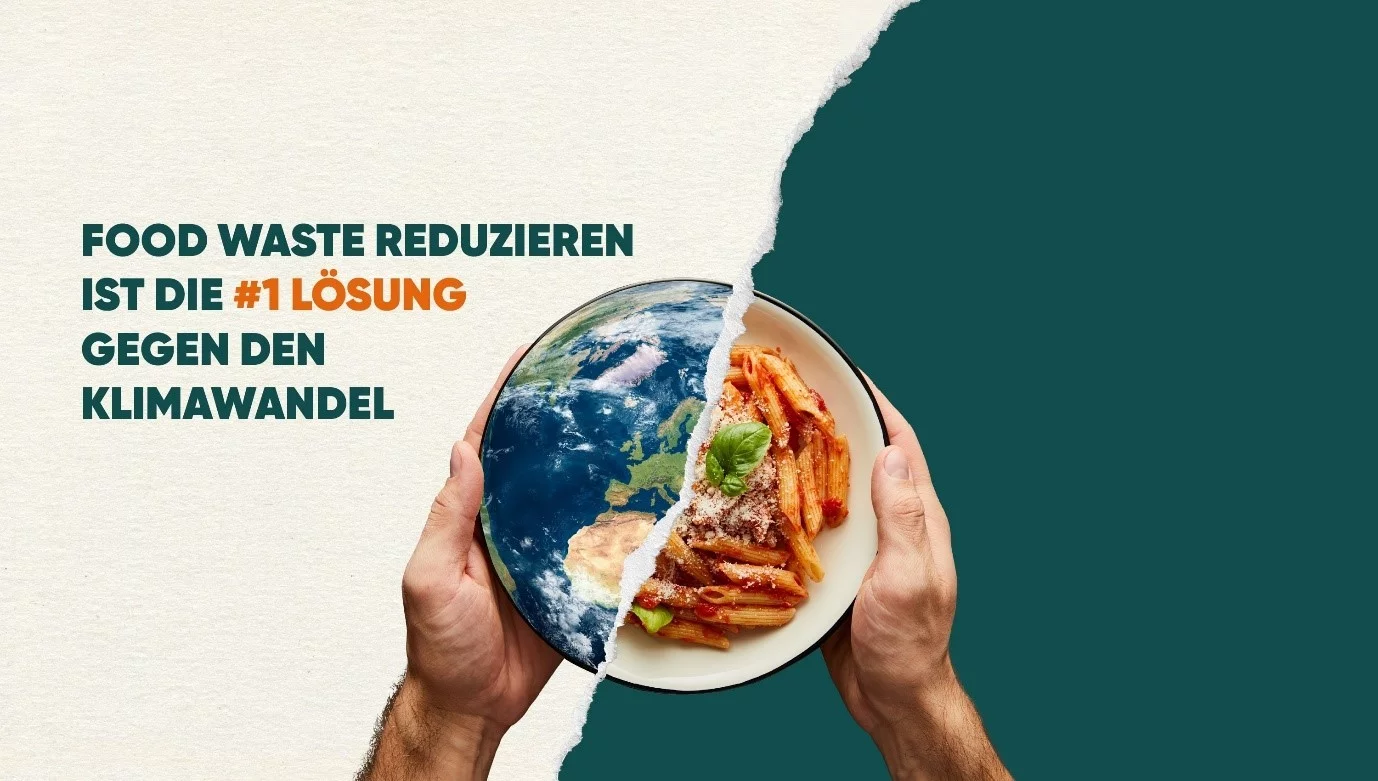by Anna Nastruzzi
The Big Picture: What is food waste?
Anywhere food is grown, sold, or eaten, food is wasted. Food waste occurs along the entire spectrum of production, from the farm to distribution to retailers to the consumer. This waste is categorized differently based on where it occurs:
- Food “loss” – occurs before the food reaches the consumer as a result of issues in the production, storage, processing, and distribution phases.
- Food “waste” – refers to food that is fit for consumption but consciously discarded at the retail or consumption phases.
Did you know that one third of the food produced for consumption every year is wasted? Reduction of food waste could be the first solution to climate change, as its equal to 1.3 billion tones/year and the majority of it is produced in the form of fruits and vegetables.
A distinction is made between avoidable and non-avoidable food waste. The first category includes all the situations in which food suitable for consumption is thrown away before reaching our tables, for example because it is spoiled or because it does not meet certain quality standards. On the other hand, processing waste, bones or food which, despite being stored correctly, are contaminated by pathogens are considered unavoidable waste.
In Switzerland 2.8 million tonnes of food are lost or thrown away unnecessarily every year, from the field to the plate. This corresponds to 330 kilograms per person per year, or about a quarter of the greenhouse gases we produce through our diet. The nutritional value of the losses is approximately 1160 kcal per person per day (Source: FOEN, 2019).
Who is wasting the most food?
- Residential: 44%
- Restaurants: 33%
- Grocery stores: 11%
- Institutional 10%
- Industrial: 2%
64% of Swiss consumers waste food at home.
Ecological consequences due to resources waste
Food waste is not only a waste of resources, energy and money but will also increase CO2 emissions, biodiversity loss, land and water consumption. Unnecessary greenhouse gas emissions, such as CO2 emissions, exhaust gases, particulate matter, etc., caused by the decomposing of the food waste will contribute to global warming. A small comparison for Switzerland: the environmental impact caused by food waste is 50% of the environmental impact of private motor transport.
Wasting food we also contribute to a loss of biodiversity because more land must be used for agricultural production than is needed, which will no longer be available for plants and animals as natural habitat. We waste land/soil for the cultivation of vegetables, animal feed and livestock. We waste water related to cultivation, animal husbandry, cleaning and food preparation. We waste energy for production, harvesting, processing, preparation, storage and all transportation. Unnecessary use of pesticides, fertilizers, packaging materials, chemicals, etc. also leads to further environmental pollution.
What is tossed most often?
- Fruits and Vegetables: 52% WASTED
- Seafood: 50% WASTED
- Grain products: 38% WASTED
- Meat: 22% WASTED
- Dairy: 20% WASTED
The foods with the greatest environmental impact of food waste are breads, baked goods, cheese, whey and fresh vegetables. They are thrown away in relatively large quantities and are therefore particularly significant. Per kilogram of food waste, however, coffee, cocoa and beef represent the greatest environmental burden.
Ethical, social and economic consequences
Responsible for about a third of food waste, the final consumer is one of the main causes of this phenomenon. Food waste exacerbates the global food security problem. Since not only in Switzerland, but worldwide, one third of all food is wasted, food waste increases the demand for food. Land scarcity then causes this to raise prices on the world market. This price increase affects the poorest by exacerbating their destitution and in many regions of the world leads to a shortage of food for people.
Food waste is an ethical problem. We throw away edible and valuable foodstuffs while others starve.
In Switzerland, food waste causes additional costs in the billions. The waste of edible food in Swiss households alone adds more than 600 CHF per person, per year, to the household budget. The projected costs for Switzerland as a whole amount to more than 5 billion CHF (see Beretta & Hellweg, 2019).
Avoid food waste
On 6 April 2022, the Federal Council adopted an action plan to combat food waste, with the aim of reducing it by half by 2030 compared with 2017. If all parties involved managed to avoid at least a third of today's food losses, CO2 emissions would be reduced, for example, by an amount equivalent to that emitted by 500,000 cars. By halving food losses, as foreseen in the Sustainable Development Goals, the environmental impact could be reduced by 39-61%.
The benefits of Less Food Waste are diverse, such as:
- Cost savings on labor through more efficient handling, preparation, and storage of food that will be used.
- Cost savings when purchasing only as much food as needed, and avoiding additional costs of disposal.
- Reduced methane emissions from landfills and a lower carbon footprint.
- Better management of energy and resources, preventing pollution involved in the growing, manufacturing, transporting, and selling of food.
- Community benefits by providing donated, untouched, and safe food that would otherwise be thrown out.
Food waste prevention has been recognized by the population as an important concern. This is confirmed by a survey conducted by the Swiss Retail Federation. It is true that price is still important for consumers, but avoiding food waste has an influence on many people's shopping behavior.
In conclusion, less food waste might only be one piece of the mosaic of the necessary climate measures, but it is a very central one.
